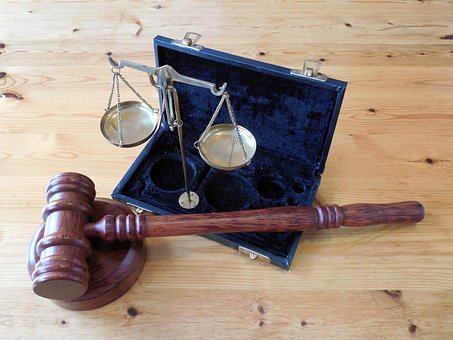
Connecting with Clients: How Video Marketing Can Drive Engagement for Law Firms
June 26, 2023
11 Common Misunderstandings About Car Accident Laws (and the Reality)
June 26, 2023The passing of a loved one is always difficult. But the circumstances are made all the more tragic if that loved one died unnaturally, particularly if another party caused the death. As a family member of the deceased, you have the option of claiming due restitution for wrongful death, assuming you can prove the death was wrongful in court.
This is a difficult process.
Demystifying that process may help you to work through your wrongful death claim while ensuring you have the required time to grieve for your loved one.
What Is Wrongful Death?
Cornell Law School defines wrongful death as a civil action brought against an individual or group of individuals who caused the death of another person either knowingly or through negligence. It’s not a criminal action. Instead, a wrongful death claim is usually made by family members and the deceased’s dependents to claim compensation for the pain, suffering, and lost earnings resulting from the death.
It’s worth noting that you can still file a wrongful death lawsuit even in cases where criminal charges are dropped.
For instance, a driver may face criminal charges for driving under the influence in an accident that claimed the life of a loved one. The criminal courts may find the driver not guilty. Nevertheless, you can still file a wrongful death suit in civil courts to claim compensation, particularly if you have evidence that the driver was somehow negligent. These civil suits have a lower burden of proof than criminal actions. As such, you’re more likely to succeed in a wrongful death suit than the criminal courts are to succeed in securing a conviction. Note that you can also sue for wrongful death if the person (or people) in question is convicted of a criminal action.
Examples of wrongful deaths include:
- Medical malpractice and/or negligence that results in the death of a loved one
- Vehicular accidents caused by improper, negligent, or illegal driving
- Criminal assaults
- Improperly tested products that lead to death
- Workplace accidents, though you may work with a worker’s compensation attorney in these cases
The Wrongful Death Claims Process
With 224,935 unintentional deaths occurring each year, many falling into the “wrongful death” category, you may have reason to launch a claim. Expect to follow something similar to the process outlined below as part of that claim.
Step 1 – Contact an Attorney
Always contact an attorney before taking any further steps with a wrongful death suit. In addition to being the people who’ll fight by your side in court, attorneys also understand how the law applies on the state level. They can tell you if you have a case. And if you do, they’ll guide you in terms of how to gather evidence and what you need to present to the court (or an insurance company) to make your claim.
Step 2 – Determine the Type of Wrongful Death Case You’ll Bring
Again, an attorney can help you here as there are three types of wrongful death lawsuits:
- Malpractice – Typically restricted to care providers and medical professionals, malpractice claims aim to prove that the accused failed to provide the level of expected care. You have to prove that your loved one’s death was a direct result of this failure.
- Intentional – Assaults that lead to death, murder, and any other intentional act on the part of a criminal fall under this umbrella.
- Negligence – Even if a defendant didn’t mean to cause harm, their negligence may be the reason for a wrongful death. The car accident discussion above is a good example. Another example is a security team that fails to protect somebody who dies as a result of an assault on the team’s premises.
Step 3 – List Your Damages
What consequences did the wrongful death inflict on you and your family?
That’s the key question to answer here, and the extent of damages determines how much compensation you’ll receive from a successful claim. Work with your attorney to determine what, if any, damages you incurred in the following categories:
- Funeral costs
- Hospital expenses and medical bills
- Loss of income (both yourself and the loss of the deceased’s income)
- Emotional and mental pain and suffering resulting from the death
- The loss of companionship if the deceased was your partner or parent
You may also be able to claim punitive damages in cases where the deceased could have claimed them if they’d lived.
File Your Wrongful Death Claim
The final step to the wrongful death claim is simple – file the claim with your attorney.
In many cases, your attorney will negotiate a settlement that means you don’t have to go to court. That’s not the case if the defendant contests your claim. Thankfully, the three steps listed here should ensure you have the appropriate evidence (as well as the right attorney) to make your case.





